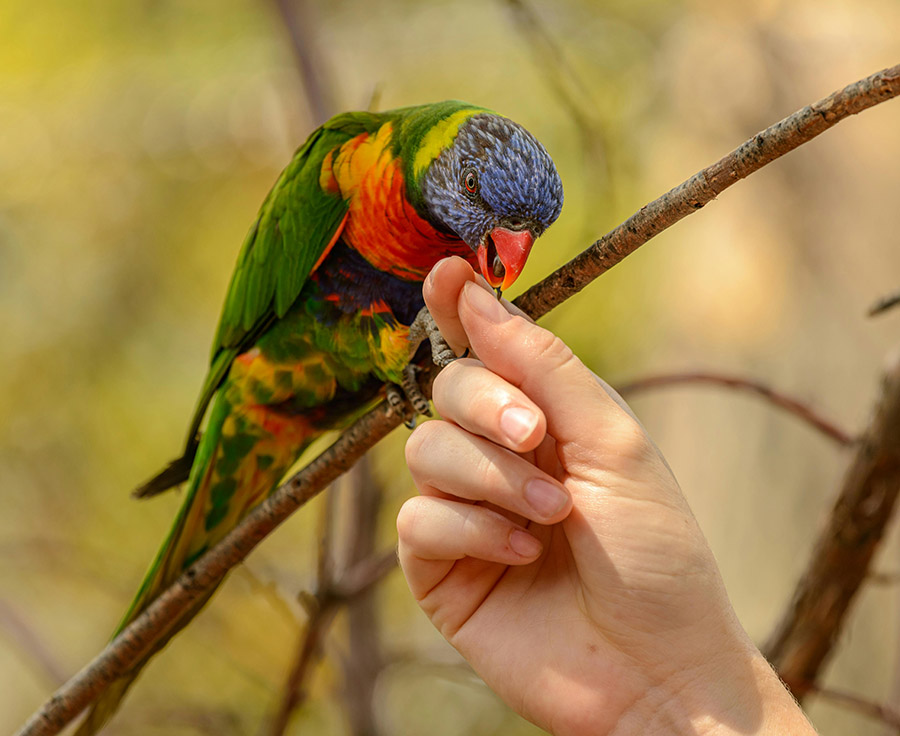
When Your Parrot Doesn’t Let You Pet Him: Understanding and Training Tips
Parrots are intelligent, sensitive creatures with complex social behaviors. Many parrot owners struggle with a bird that would not be petted, which can be disappointing and limits opportunities for bonding. This behavior is often a reflection of trust issues, misunderstanding, or simply the bird’s natural disposition. Understanding why your parrot is hesitant is crucial to helping them feel more comfortable and secure around you.
Understanding Parrot Behavior
Parrots’ Instincts and Body Language
Parrots are prey animals, which means they are naturally wary of hands reaching toward them. In the wild, predators may try to grab them, so even if you approach slowly with your hands, it can trigger a fear response. Recognizing your parrot’s body language is essential:
- Dilated Pupils: If your parrot’s pupils are rapidly dilating and constricting, the bird is likely agitated or excited. This could indicate fear or overstimulation.
- Feather Position: Feathers that are held tightly against the body may signal anxiety, while fluffed-up feathers often indicate relaxation or contentment. However, if the bird is puffed up for long periods and not eating, they might be sick.
- Beak Grinding: A relaxed bird may grind their beak, a sign that they are feeling content and safe.
- Wing and Tail Movements: Flaring wings or wagging the tail can be signs of excitement or irritation, depending on context. If you see these signs, avoid trying to pet your bird until they calms down.
Personality and Past Experiences
Parrots are individuals with their own personalities. Additionally, a parrot that has been mishandled or traumatized in the past may have an aversion to being touched. Understanding your parrot’s background and personality is key to forming a trusting relationship.
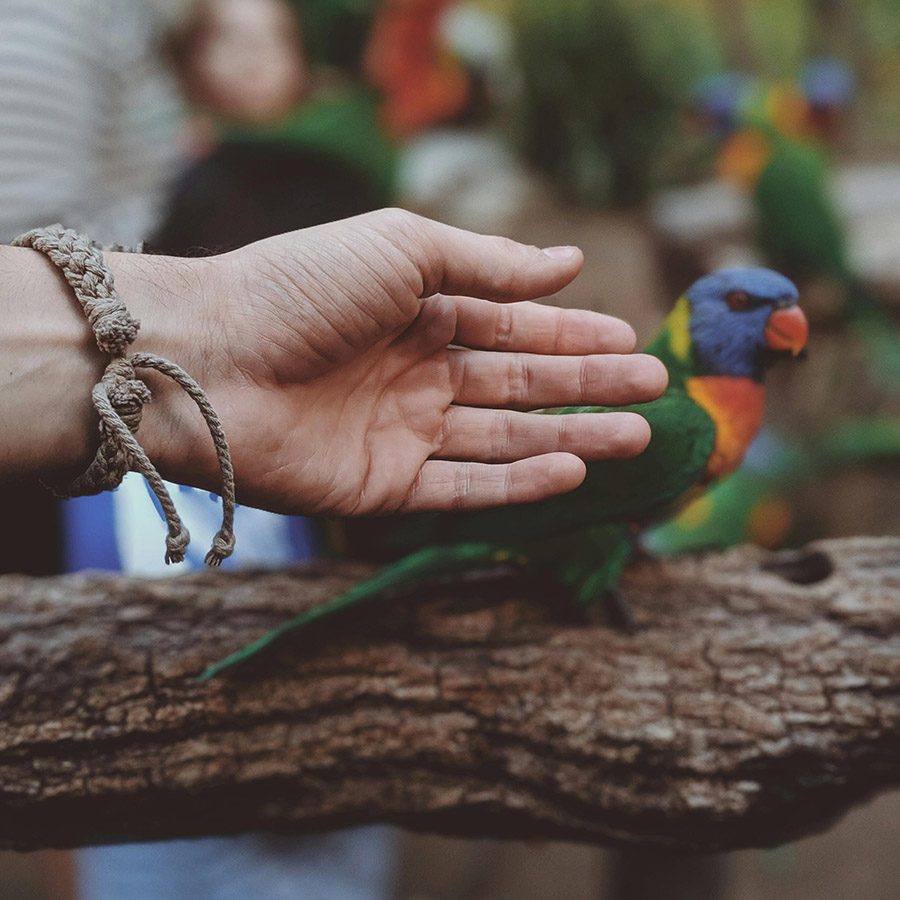
Why Your Parrot Might Not Let You Pet Them
Lack of Trust
A lack of trust is the most common reason why a parrot avoids petting. Establishing trust is a gradual process that involves consistent, positive interactions. Start by simply being near your bird without attempting to touch them. Offer treats and talk softly to them. Over time, your bird will associate you with positive experiences.
Overstimulation or Miscommunication
Petting can be misinterpreted as mating behavior, particularly if you stroke your bird’s back, wings, or tail. This can lead to hormonal behaviors like aggression or possessiveness. Always pet your bird on the head or neck, where it is less likely to be misinterpreted.
Physical or Health Issues
Parrots often hide signs of illness, a survival instinct to avoid appearing vulnerable to predators. If your normally social parrot suddenly becomes withdrawn or avoids touch, it’s essential to consult an avian veterinarian. Conditions like arthritis, feather cysts, or skin irritations can make petting painful.
Similarly, if a parrot that normally avoids touch appears fluffed up or lethargic, and relents to being touched without putting much of a fight, it could also mean it is not feeling too well!
Steps to Train Your Parrot to Accept Petting
Start Slow and Build Trust
Patience is crucial. Begin by sitting near your parrot’s cage and talking to them. Allow your bird to approach you first. When your bird shows curiosity or calm behavior, reward them with a small treat. This positive reinforcement will build a foundation of trust.
Tip: Some parrots take much longer than others to warm up to your presence! I’ve had a foster lovebird once that was still skittish in the presence of humans even after 6 months of trying to condition them to my presence!
Use Positive Reinforcement
Introduce a target stick or a hand-held perch to begin desensitizing your parrot to your hand. Every time your bird interacts with the stick or perch, offer a treat. Gradually, move the target stick closer to your hand, rewarding your bird for staying calm. Eventually, transition to using your hand as the target.
Tip: Keep training sessions short—about 5-10 minutes—to avoid overwhelming your parrot. End each session on a positive note, even if progress is slow.
Respect Your Parrot’s Boundaries
Always watch for signs of discomfort, such as moving away, hissing, or raising feathers. If you see these signs, stop immediately and try again later. Never force interaction, as this can damage the trust you’ve built.
Tip: Parrots are like humans in that they may not always desire to be touched or interacted with! Keep an eye on your parrot’s body language and don’t force it if they appear to be reluctant to interact.
Gradual Touch Training
Once your bird is comfortable with your presence, start by lightly touching the beak or offering to scratch their head. Reward them each time they allow a touch without moving away. Gradually increase the duration and area of the touch as your parrot becomes more comfortable.
Tip: Some parrots prefer specific types of touches. Experiment with gentle head scratches or neck rubs to see what your parrot likes best. Avoid touching them below the neck area (e.g. back, chest, butt) as it can overstimulate some birds!
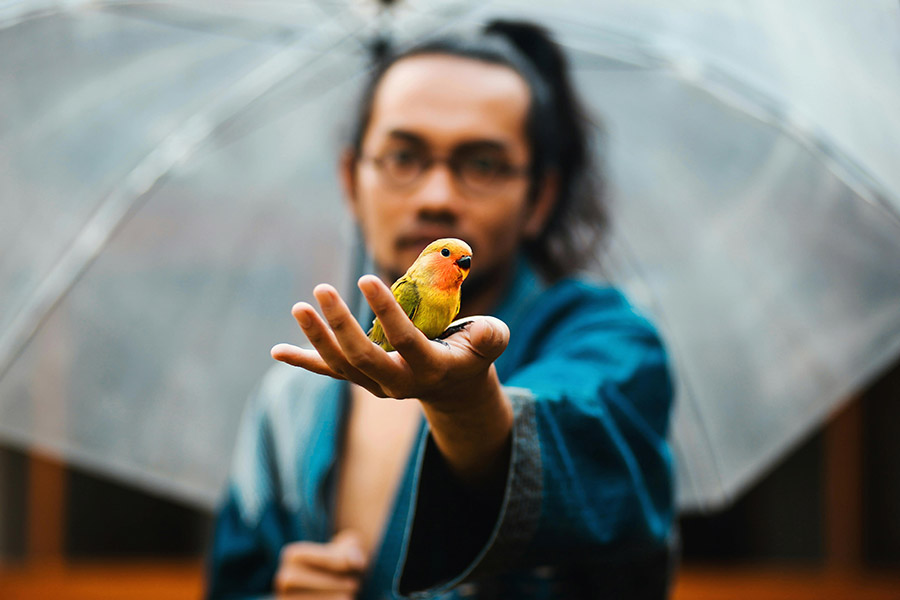
What to Avoid
Forcing Interaction
Forcing a parrot to be touched can lead to fear and aggression. If your bird is clearly avoiding your hand, it is best to step back and try another time. Trust cannot be built through coercion.
Petting Sensitive Areas
Avoid unnecessarily touching or stroking sensitive areas such as the back, under the wings, or near the tail, as these areas can be overstimulating and may trigger hormonal responses. Always stick to the head and neck, especially when building trust. However, you may also want your bird to be desensitized to touch in those areas to facilitate handling for veterinary assessment.
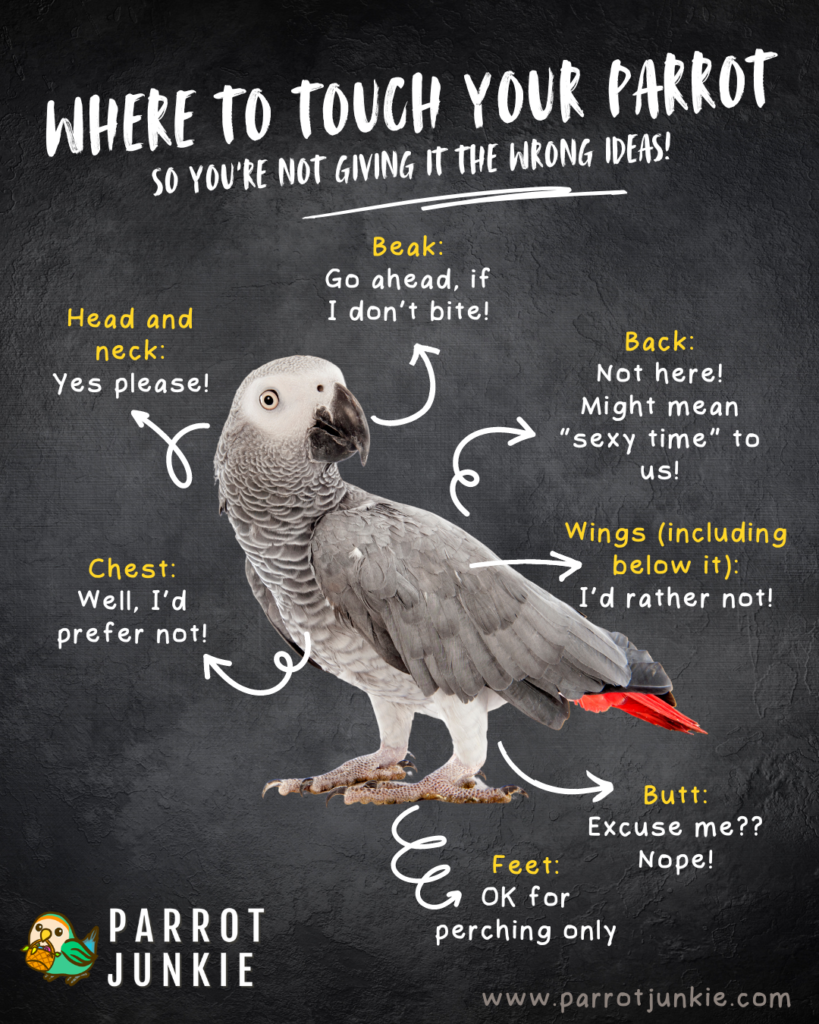
Dealing with Persistent Issues
Consult an Avian Behaviorist
If your parrot continues to resist petting despite your efforts, consulting an avian behaviorist can provide valuable insights. They can assess your parrot’s behavior and environment and recommend personalized strategies to improve your interaction.
Conclusion
Training a parrot to accept petting requires patience, consistency, and a deep respect for your bird’s comfort and boundaries. By understanding your parrot’s behavior and using positive reinforcement techniques, you can create a positive and fulfilling bond with your feathered companion.
Do you have any positive or negative experiences with petting your parrot? Share in the comments below!
Parrot Junkie www.parrotjunkie.com
Copyright © 2021-2024. All rights reserved.
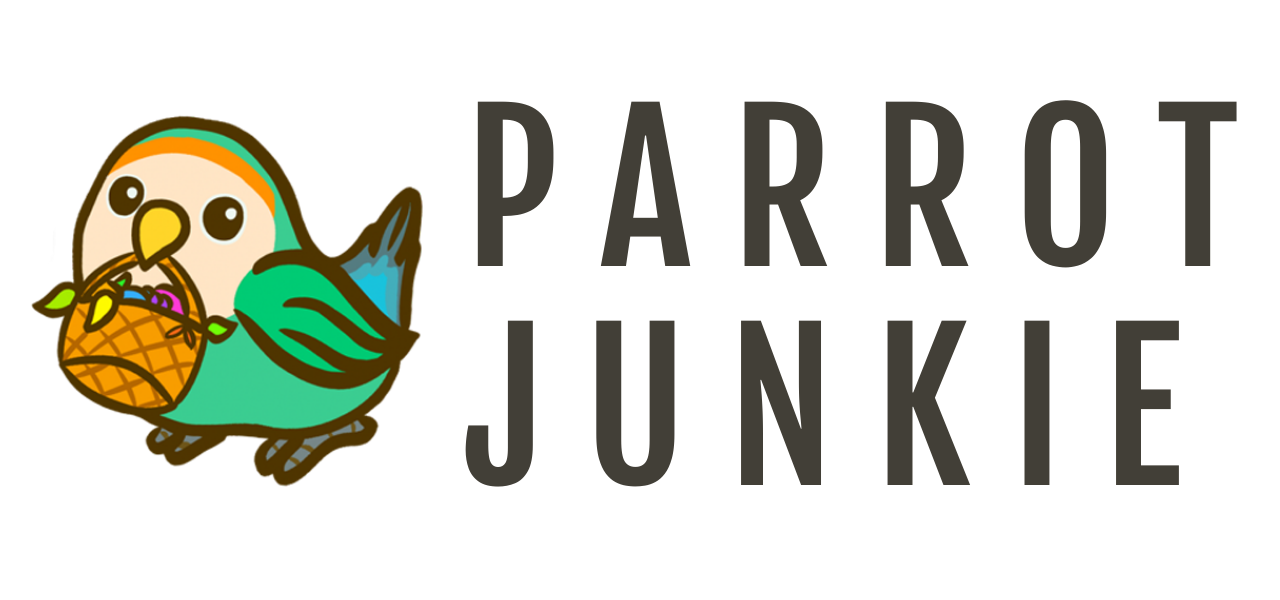
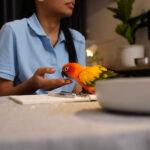
Be the first to leave a comment